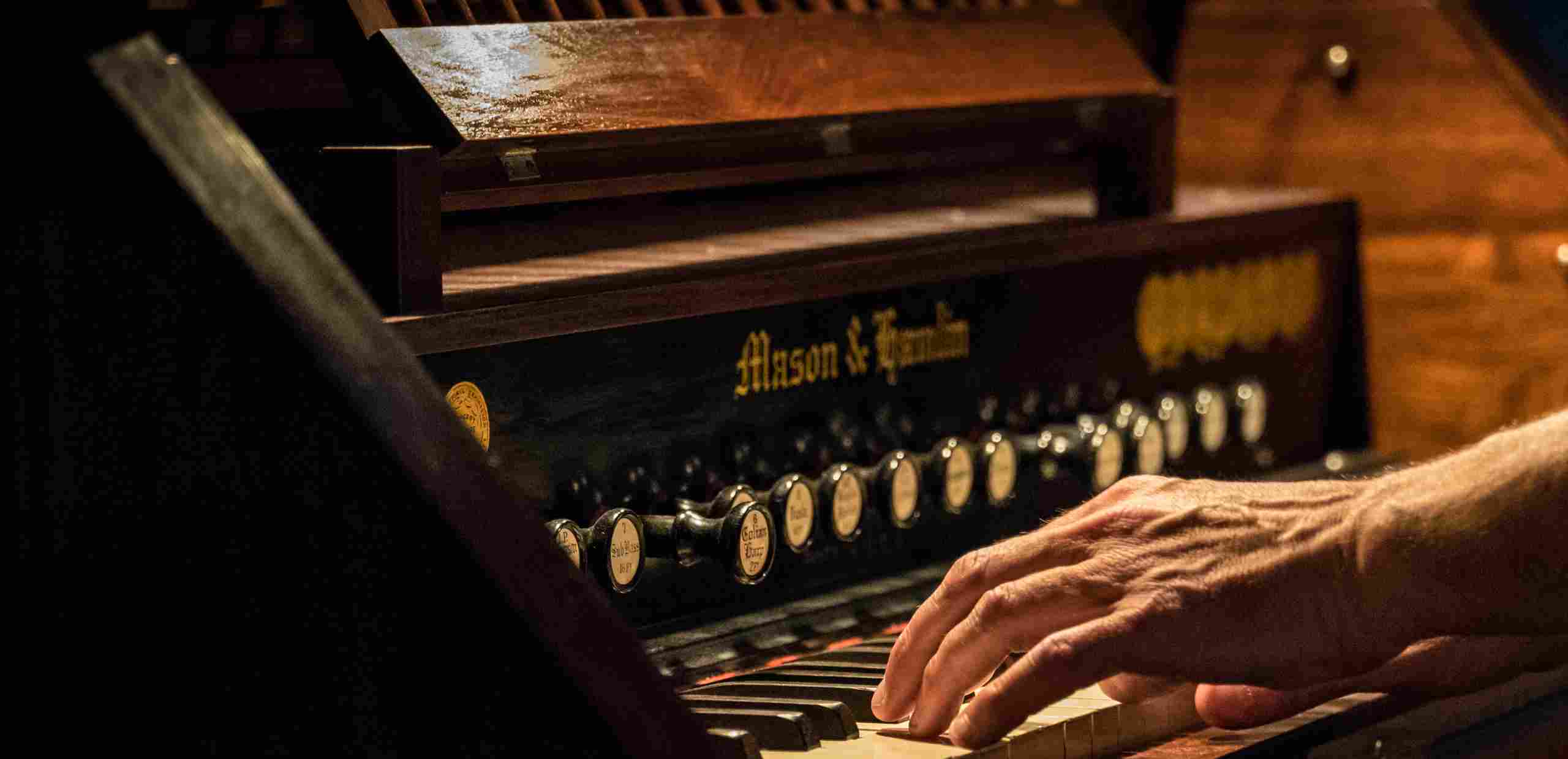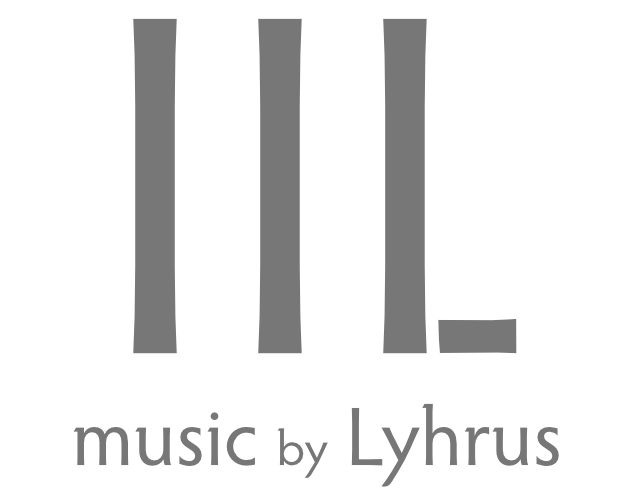Years later I wanted to publish some new musical projects by using an artist's name. I remembered that nickname from school and decided to use it, as I regarded the name as short and appropriate and having a history that would remind me to my roots as a composer as well as to the monastic way of living a life out of silence and contemplation.
– Lyhrus, 19th July 2020


